You'll greatly boost your solar oven's performance by implementing five key insulation techniques. Start with reflective foil lining to trap heat effectively. Add a double-paned glass cover for an extra barrier against heat loss. Incorporate vacuum-sealed insulation panels to eliminate conduction and convection. Utilize thermal mass materials to maintain stable cooking temperatures. Finally, apply weather-stripping and gaskets to seal gaps and prevent heat escape. These methods work together to maximize heat retention, increase cooking efficiency, and improve overall performance. By mastering these techniques, you'll access the full potential of your solar oven and elevate your outdoor cooking experience.
Reflective Foil Lining
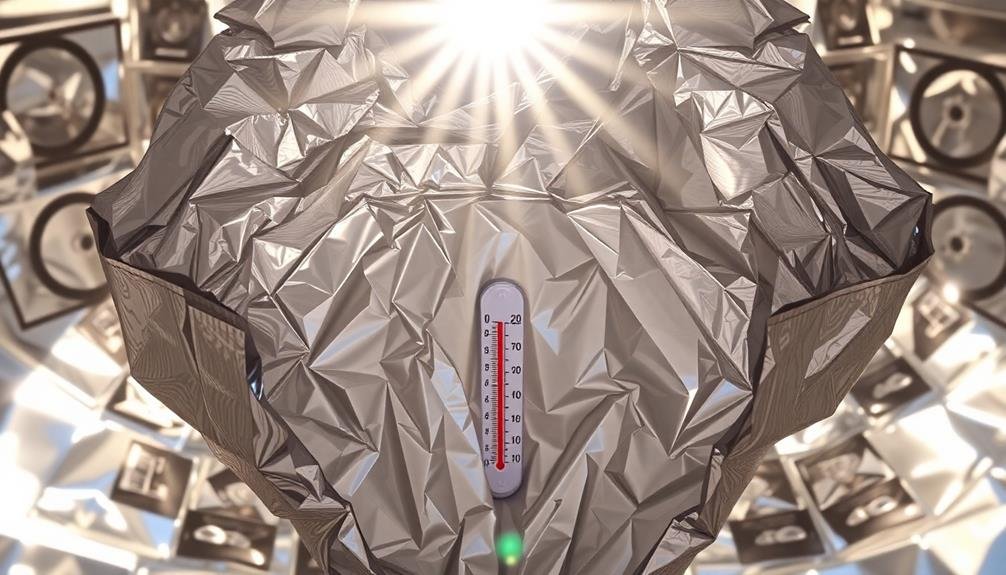
A key component in maximizing your solar oven's heat is the reflective foil lining. This thin, metallic layer serves as an essential heat-trapping mechanism, bouncing sunlight and infrared radiation back into the cooking chamber.
To implement this technique, line the interior walls of your solar oven with aluminum foil, shiny side facing inward. Make certain the foil is smooth and wrinkle-free for ideal reflection.
For best results, use heavy-duty aluminum foil or specialized reflective materials designed for solar applications. These materials are more durable and efficient at reflecting heat than standard kitchen foil.
When applying the foil, create a tight seal around the edges to prevent heat loss. You can secure it with heat-resistant adhesive or small tacks.
Remember to clean the reflective surface regularly, as dust and grime can reduce its effectiveness. Gently wipe it down with a soft, damp cloth to maintain its reflective properties.
Double-Paned Glass Cover
When you're looking to boost your solar oven's efficiency, don't overlook the importance of a double-paned glass cover. This insulation technique creates an additional barrier between the oven's interior and the outside environment, greatly reducing heat loss.
The air trapped between the two panes acts as an insulator, helping to maintain a consistent cooking temperature.
To maximize the effectiveness of your double-paned glass cover:
- Choose tempered glass for durability and safety
- Verify a tight seal around the edges to prevent air leakage
- Use low-emissivity (low-E) glass to reflect heat back into the oven
- Consider adding a UV-resistant coating to protect food from harmful rays
- Opt for a slightly larger outer pane to create a wider air gap
Vacuum-Sealed Insulation Panels
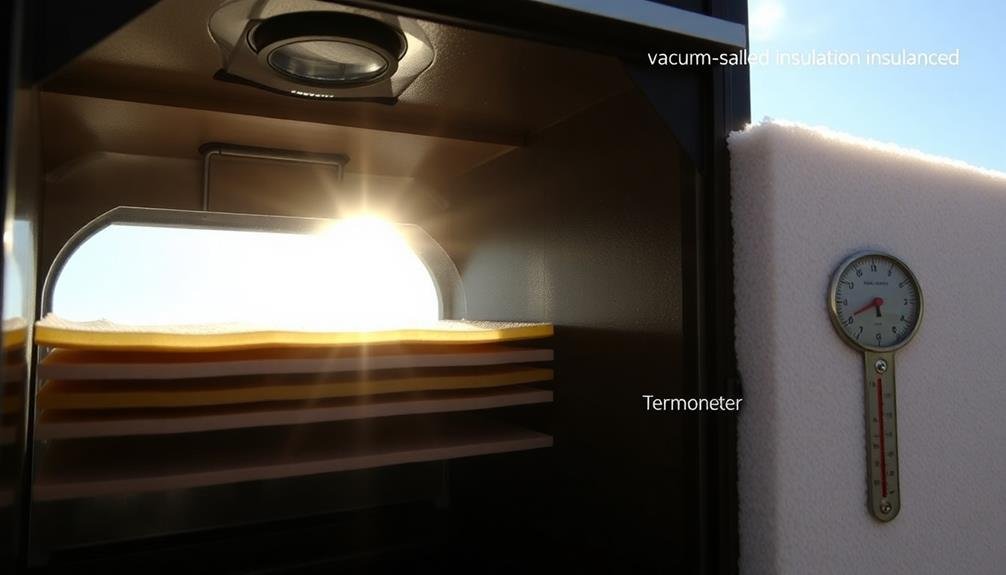
Solar ovens' performance can be dramatically enhanced with vacuum-sealed insulation panels. These cutting-edge panels consist of two thin sheets of material enclosing a vacuum-sealed space. The vacuum eliminates conduction and convection heat transfer, making these panels incredibly efficient insulators.
To incorporate vacuum-sealed panels into your solar oven, you'll need to carefully plan their placement. Line the interior walls and bottom of your oven with these panels, guaranteeing a snug fit. You can secure them using high-temperature adhesive or mechanical fasteners, taking care not to puncture the panels.
The benefits of using vacuum-sealed insulation are significant. You'll notice a marked increase in your oven's heat retention, allowing it to reach higher temperatures more quickly and maintain them for longer periods. This improved efficiency means you can cook food faster and more effectively, even in less-than-ideal weather conditions.
While vacuum-sealed panels are more expensive than traditional insulation materials, their superior performance often justifies the cost. When selecting panels, look for those specifically designed for high-temperature applications to guarantee durability and safety in your solar oven setup.
Thermal Mass Heat Retention
Another key strategy for maximizing your solar oven's heat is incorporating thermal mass. This technique involves adding materials with high heat capacity to your oven, allowing it to absorb and retain heat more effectively.
By including thermal mass, you'll create a more stable cooking environment and extend the oven's ability to maintain temperature even when sunlight fluctuates.
To implement thermal mass in your solar oven, consider these options:
- Dark-colored stones or bricks
- Ceramic tiles
- Cast iron cookware
- Water-filled containers
- Sand-filled metal trays
Place these elements inside your oven, ensuring they're exposed to direct sunlight. As they absorb heat throughout the day, they'll release it slowly, helping to maintain a consistent temperature.
This is especially useful for longer cooking times or when cloud cover temporarily reduces solar input.
You'll want to balance the amount of thermal mass with your cooking needs. Too much can slow initial heating, while too little won't provide sufficient heat retention.
Experiment with different configurations to find the ideal setup for your specific solar oven design and typical cooking requirements.
Weather-Stripping and Gaskets
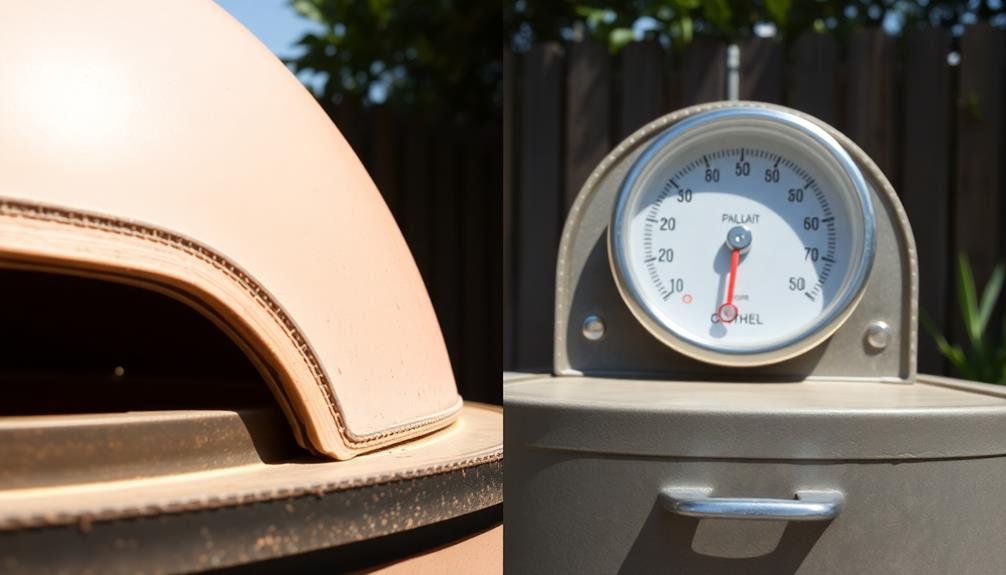
Insulation plays an essential role in maximizing your solar oven's heat retention. Weather-stripping and gaskets are vital components in this process, sealing gaps and preventing heat loss.
You'll want to focus on the oven's door, as it's the primary area where heat can escape. Start by thoroughly inspecting your solar oven's door for any gaps or inconsistencies.
Choose weather-stripping materials that can withstand high temperatures, such as silicone or fiberglass. Apply the weather-stripping along the door's edges, ensuring a tight seal when closed. For added effectiveness, consider using a double layer of weather-stripping.
Gaskets offer another layer of insulation, especially for areas where weather-stripping mightn't suffice. Install high-temperature gaskets around the door frame and any other openings in your solar oven. These will compress when the door is closed, creating an airtight seal.
Don't forget to regularly inspect and replace your weather-stripping and gaskets as they can degrade over time due to heat exposure.
Frequently Asked Questions
How Long Does It Take to Cook Food in a Solar Oven?
You'll find that cooking times in a solar oven vary widely. It depends on factors like sunlight intensity, food type, and oven design. Generally, you're looking at 1-3 hours for most dishes, but some may take longer.
Can Solar Ovens Be Used in Cold or Cloudy Weather?
Yes, you can use solar ovens in cold or cloudy weather, but they'll be less effective. You'll need longer cooking times and may require additional insulation. On overcast days, you'll get better results with a reflective panel to boost sunlight.
What Materials Are Safe to Use for Cooking in a Solar Oven?
You can safely use any food-safe cookware in your solar oven. Opt for dark-colored pots, pans, or baking dishes made of materials like cast iron, enamel, glass, or ceramic. They'll absorb heat effectively and won't leach harmful substances.
How Hot Can a Solar Oven Get?
Your solar oven can reach impressive temperatures! Depending on design and conditions, you'll see it hitting 250°F to 400°F (121°C to 204°C). With proper insulation and sunny weather, you might even push it higher. It's hot enough for most cooking needs!
Are Solar Ovens Suitable for Baking Bread and Other Pastries?
Yes, you can bake bread and pastries in solar ovens. They're great for these tasks as they provide consistent, low heat. You'll need to adjust cooking times and monitor closely, but you'll get delicious results with practice.
In Summary
You've now discovered five powerful techniques to supercharge your solar oven's heat retention. By implementing reflective foil, double-paned glass, vacuum-sealed panels, thermal mass, and weather-stripping, you'll greatly boost your oven's efficiency. Don't hesitate to combine these methods for even better results. Remember, proper insulation is key to maximizing your solar cooking experience. With these improvements, you'll enjoy faster cooking times and higher temperatures, making the most of the sun's free energy.
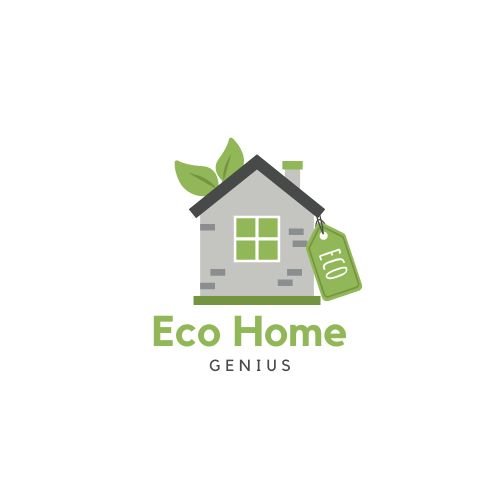

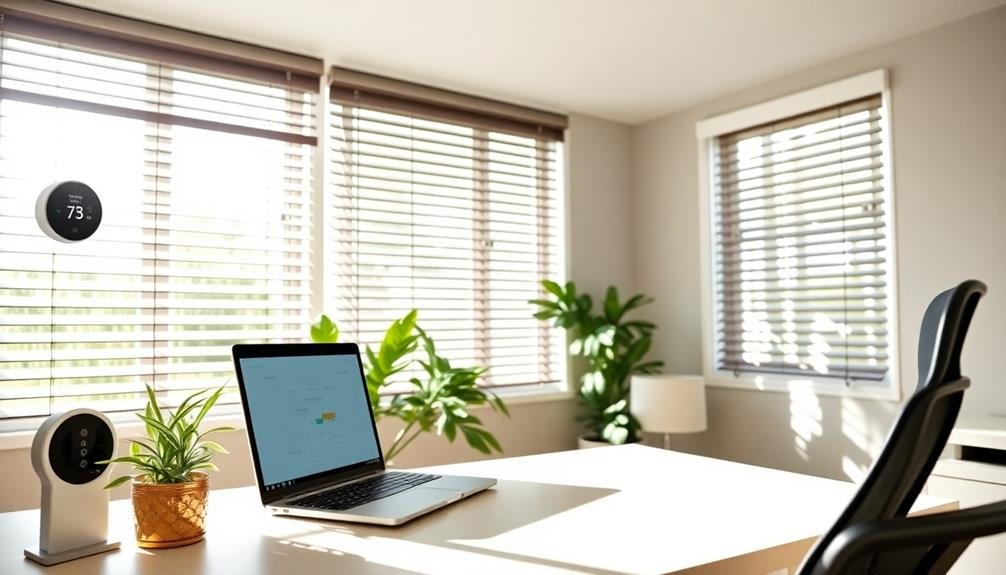
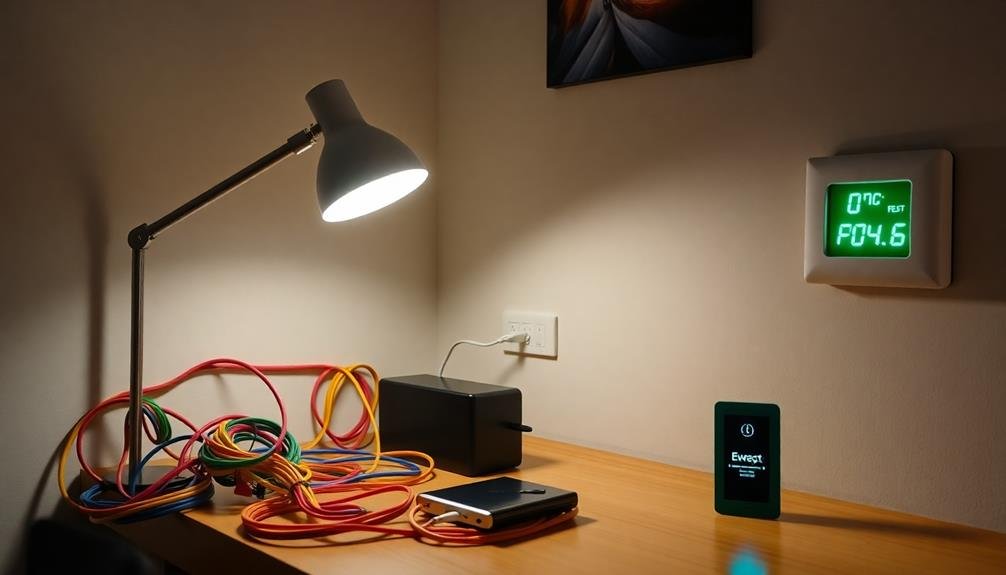
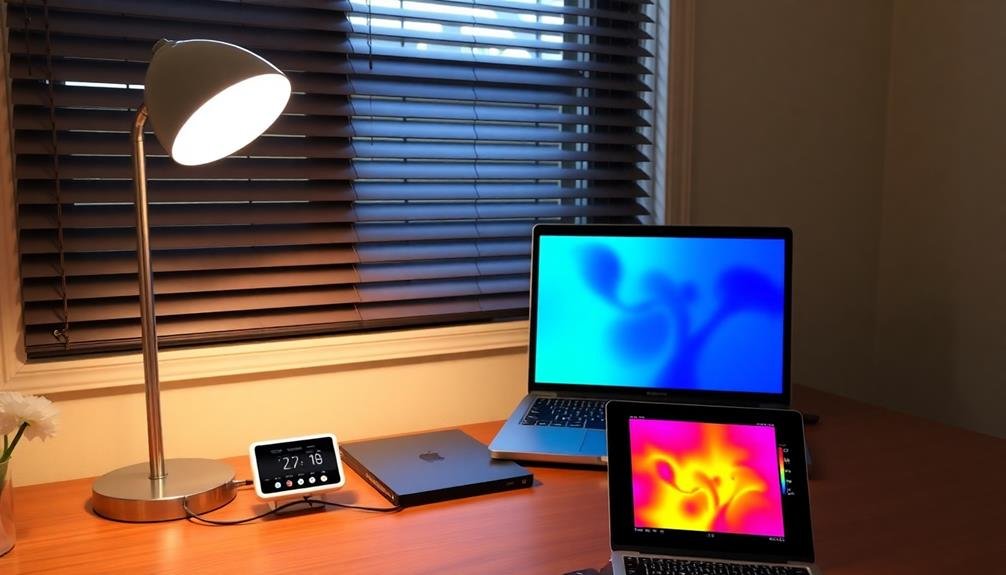
Leave a Reply